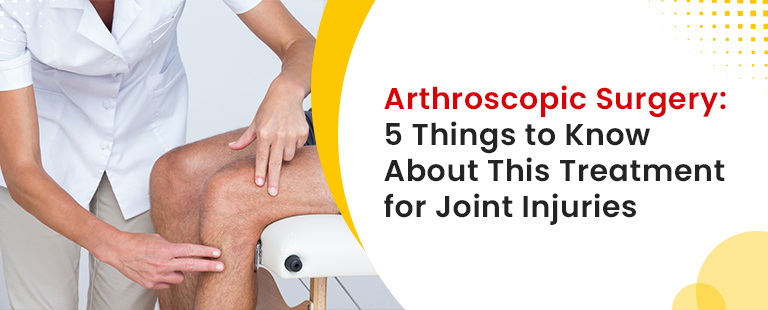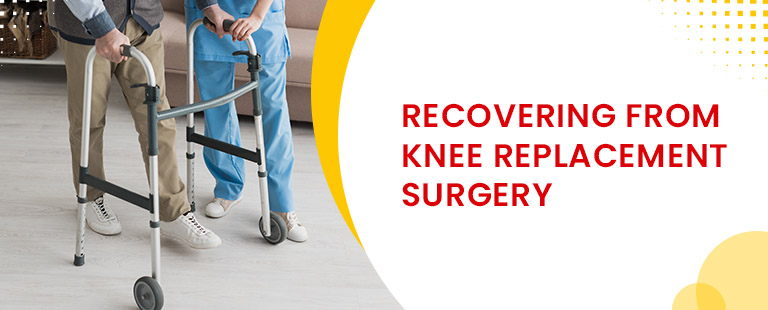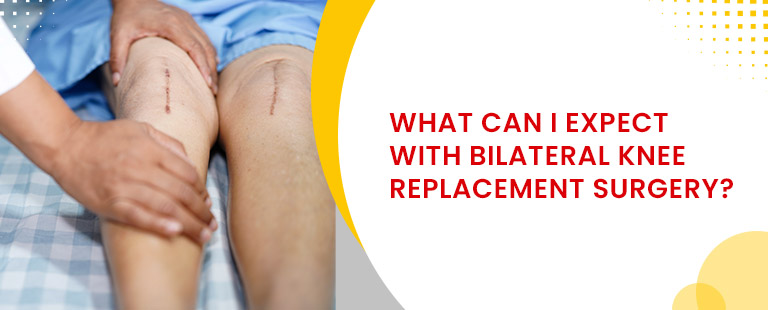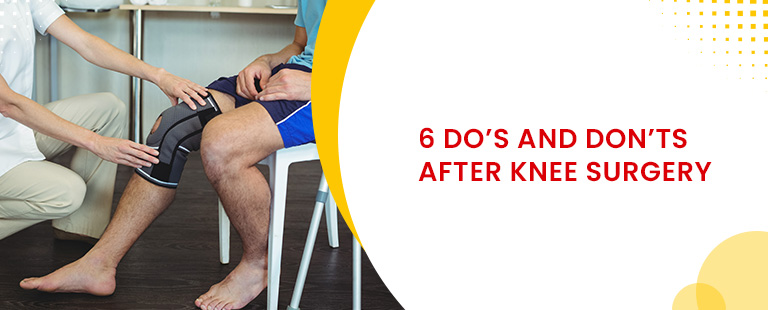Introduction
Arthroscopic surgery is a minimally invasive orthopedic surgery performed to detect and treat abnormalities in the joints.
The orthopedic surgeon makes small keyhole incisions in this procedure to get access to the joint using a thin, long tube known as an arthroscope and also inserts other specialized, small surgical instruments known as arthrodesis.
The time taken to recover following an arthroscopic surgery is much less than that of an open surgery due to the smaller incisions made in the procedure.
Arthroscopic surgery is slowly gaining popularity as an alternative to the more traditional treatment approaches like open surgery, although it is not always considered the best treatment option.
If your doctor has recommended an arthroscopic surgery for you, you need to know five important things before undergoing the procedure.
Five Things to Know About Arthroscopic Surgery
There are a few things that you need to know to make you comfortable mentally and physically before you undergo arthroscopic surgery. Here are the five things you should know about arthroscopic surgery:
- Arthroscopy For Diagnosis and Treatment of Joint Problems
An arthroscopic surgery can be used for both diagnosis and treatment of various joint problems. The arthroscope consists of a small camera on one end, which helps the doctors view the joint and detect any abnormalities.
Bone fragments or floating cartilage, damaged cartilage, and joint pain and stiffness can all be detected with the help of an arthroscope. Some conditions like joint inflammation and loose bone fragments can also be treated with the help of an arthroscopic surgery.
- Good Candidates for Arthroscopic Surgery
If you have tried conservative, non-surgical treatment methods like medicines, injections, and physical therapy to treat your joint problems, but have not got any relief from your symptoms, you could be a good candidate for arthroscopic surgery.
Generally speaking, you could be a potential candidate for arthroscopic surgery if you suffer from the following different types of joint problems: - Ligament tear
- Loose cartilage or bone in a joint
- Inflammation of a joint
- Joint injury
- Scarring present in a joint region
Although arthroscopy can usually be performed in almost any type of joint, it is most commonly used to diagnose and treat conditions in the knee, hip, shoulder, ankle, elbow, and wrist joints.
You also need to have good general health to undergo an arthroscopic surgery. It is advisable to consult an experienced orthopedic surgeon to know if arthroscopic surgery is the right treatment option for you.
- Preparation for Arthroscopic Surgery
You need to follow all the instructions provided by your orthopedic surgeon to prepare for your arthroscopic surgery.You will first be physically examined by the doctor. You will also be told to undergo a few diagnostic tests to determine your eligibility for the surgery.
The following preparatory steps are needed before undergoing an arthroscopic surgery:
- You will need to inform your doctor about any medications or supplements that you may be currently taking.
- Your doctor will ask you to stop consuming a few medications like NSAIDs (nonsteroidal anti-inflammatory drugs) and blood thinners, a few days before the procedure to reduce your risk of bleeding.
- Let your doctor know about any allergies that you may be having.
- You will be asked to not eat or drink anything eight to twelve hours before the procedure.
- Keep the surgical area clean and protect it from any infection, injury, or sunburn.
- Wear comfortable, loose clothes on the operation site on the day of the surgery.
- Arrange for someone to take you home after the surgery.
- Benefits and Risks of Arthroscopic Surgery
Arthroscopy is a minimally invasive surgery performed by making small incisions. It has several benefits compared to open surgery, which includes the following:
- Quicker recovery time
- Minimal loss of blood
- Minimal scarring
- Less pain
Although arthroscopic surgery is a relatively safe procedure, it may be associated with a few risks or complications. The risks associated with arthroscopic surgery include the following:
- Blood clot formation
- Infection
- Allergic reaction to the anesthetic used
- Swelling
- Excessive bleeding
- Damage to the surrounding nerves or tissues
- Aftercare Following Arthroscopic Surgery
An arthroscopic surgery usually takes about one hour to complete and most patients can go home a few hours after the surgery.
Although the procedure is a minimally invasive one, it does require a few aftercare steps to ensure a smooth and quick recovery. The aftercare instructions to be followed are:
- Prescribed pain-relieving medications need to be taken to get relief from inflammation and pain after surgery.
- Keep the surgical site clean and dry for 24 hours after the surgery.
- Take adequate rest after the surgery.
- Ice pack application and elevation of the surgical body part are recommended for a few days after surgery to decrease pain and swelling after the surgery.
- Avoid putting any pressure on the surgical site during the healing period.
- Temporary splints, like crutches or slings, may need to be used for protection and comfort during the healing period.
- You will be guided on how to do certain physical therapy exercises at home to improve your joint function and strengthen your muscles.
Conclusion
Arthroscopic surgery is a minimally invasive surgery that has gained immense popularity in recent times. This type of surgery is used to diagnose and treat various joint injuries and problems. You need to consult a good orthopedic surgeon to check if arthroscopic surgery is the right treatment option for you or not.
It is also vital to ask your surgeon about any queries that you may have regarding the procedure, like the preparation, aftercare, approximate cost, your eligibility for the procedure, and the potential risks, and benefits of the surgery before you decide to go ahead with the surgery.








